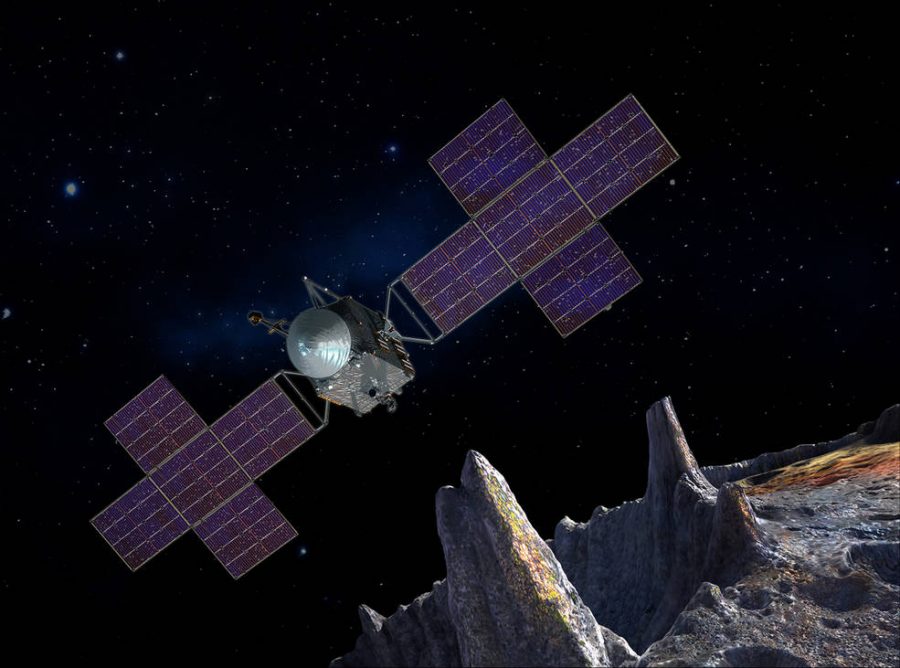NASA will be launching its Psyche mission in 2022, with an estimated time of arrival to its target set in 2026, four years earlier than anticipated.
The mission is headed toward asteroid Psyche, an asteroid that orbits the sun between Mars and Jupiter. Apparently, the reason the launch was scheduled earlier was due to a more efficient trajectory being available.

Psyche could be a planetary core
Psyche is comprised out of a nickel-iron alloy, and astronomers expect to learn more about the origins of the planets in the solar system from what they may find in the asteroid. They believe that Psyche may be the core of an early planet, so it is a priority to know how old the asteroid is and if its developmental process was similar to the Earth’s core.
Discovered in 1852, it is the most massive M-type asteroid in our galaxy, and one of the ten most massive asteroids in the asteroid belt. It was named after Psyche, the Greek goddess that was Cupid’s first love affair.

The interest comes from planet cores being unreachable at first instance, including the Earth’s. Hypotheses suggest that Psyche was formed in the earliest stages of the Solar System, and its fragments had separated from the core due to collisions over the course of the years. Although this scenario has a probability of just 1 percent, if Psyche is indeed a planetary core, then it might offer unprecedented evidence about our galaxy’s beginnings.
Arizona State University directs the Psyche mission. It will be the first time a human spacecraft lands upon a world made out of metal, instead of ice and rock.
The new trajectory will allow the spacecraft to reach the asteroid in half the time, while also decreasing costs.
Another goal is to determine whether Psyche can harbor water. The 186-mile wide asteroid has shown no evidence of having water on its surface, but new observations obtained with the NASA Infrared Telescope Facility indicate that there may be water-related volatile particles, such as hydroxyl, a molecule consisting of one hydrogen atom and one oxygen atom.
Researchers did not expect to find hydroxyl on Psyche’s surface, as asteroids made of metal are believed to form only in dry conditions.
“Our discovery of carbon and water on an asteroid that isn’t supposed to have those compounds supports the notion that these building blocks of life could have been delivered to our Earth early in the history of our solar system history,” stated Vishnu Reddy, who published the observations.
The Psyche spacecraft is currently under construction by California-based Space Systems Loral. The company devised a spaceship that’s small and powerful, with an advanced solar array design. The Psyche spacecraft is expected to be particularly fast compared to other spacecraft.
Source: NASA
